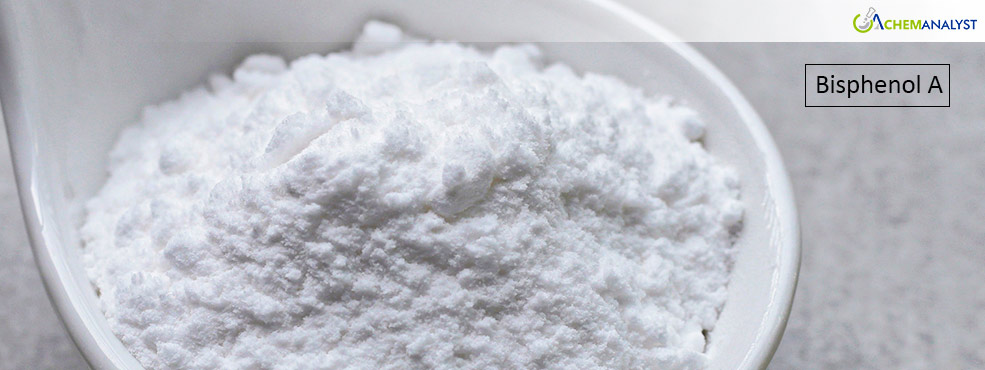Welcome To ChemAnalyst

Bisphenol A(BPA) prices declined in Asian market in early June 2025, pressured by weak downstream demand and low-cost support from feedstocks. Although production remained stable, high stocks, slow-moving end-user sectors like construction, and cautious procurement behavior continued to weigh on overall sentiment.
In China, BPA prices dropped as downstream buying remained limited across epoxy resin and polycarbonate sectors. Feedstock phenol and acetone prices stayed soft, offering little cost support. The bearish tone in the petrochemical market and thin trading activity discouraged suppliers from holding offers firm.
Operating rates at major BPA plants were estimated between 60–70%, as manufacturers balanced production with persistently low demand. Inventory pressure grew, prompting sellers to offer discounts to maintain shipment momentum. Despite stable logistics and modest improvement at Qingdao port, oversupply conditions persisted.
Epoxy resin producers continued to face high stock levels and shipping delays, leading some to reduce operating rates. Consumption in the polycarbonate segment also remained weak, with buyers opting for small, urgent purchases only. End-users cited poor converter margins and minimal order volumes.
End user construction activity in China remained soft, though the pace of decline appeared to slow in May. Still, this tentative stabilization was not enough to boost resin demand. Sales to the coatings also lagged, further curbing BPA offtake.
BPA Export flows from China stayed sluggish. Extended Eid holidays across parts of Asia and the Middle East delayed offshore orders and paused shipments. Trading sentiment remained low with limited overseas interest.
Japan’s BPA market showed similar weakness. Epoxy resin demand contracted further, with some producers trimming output due to bloated inventories. Polycarbonate procurement was minimal, with buyers following cautious short-term cycles. Despite new infrastructure bids, housing starts dropped amid population decline and higher mortgage costs.
Real estate oversupply—marked by over 8 million vacant homes—further weighed on confidence in Japan’s construction sector.
Japan’s exports declined 3% year-on-year during May’s early weeks, with autos and electronics—key BPA-consuming sectors—reporting sharp drops. U.S. tariffs on autos and components further reduced trade flow, exacerbating domestic demand weakness.
In India, BPA demand stayed soft as early monsoon rains and labour shortages disrupted construction schedules. Epoxy resin consumption remained sluggish, while polycarbonate buyers limited purchases due to poor margins and a lack of firm downstream orders.
As per the ChemAnalyst, seasonally high consumption from the packaging sector may offer temporary support to the BPA market, while typhoon-related disruptions could delay raw material arrivals.
We use cookies to deliver the best possible experience on our website. To learn more, visit our Privacy Policy. By continuing to use this site or by closing this box, you consent to our use of cookies. More info.
